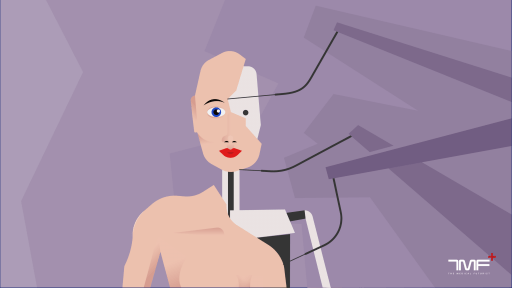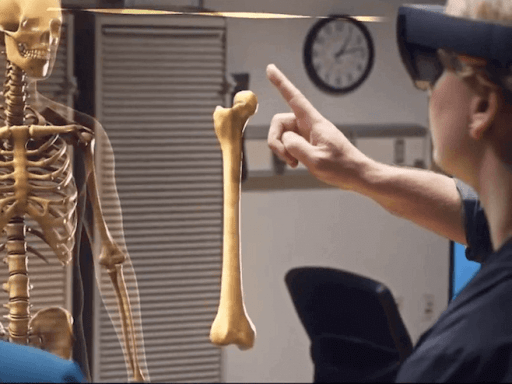
1) Mixed reality opens new ways for medical education
Augmented, virtual, and mixed reality are all technologies opening new worlds for the human senses. While the difference between these technologies might seem arbitrary at first, it greatly determines how they could be used in healthcare. While AR lets users see the real world and projects digital information onto the existing environment, VR shuts out everything else completely and provides an entire simulation, and mixed reality is able to interact with the world while projecting information into it. Thus, AR can be used by surgeons for projecting potentially life-saving information into their eyesight during operations, VR can be used in psychiatry to treat phobias efficiently, and mixed reality is able to bring revolutionary novelties to medical education, or pre-operative surgical planning, among others.
For example, the Microsoft HoloLens opens up radically new ways for medical education as it is able to project the human body in its full size in front of med students. Thus, the organs, veins or bones will be visible accurately in 3D, and future medical professionals will be able to analyze their shape, remember their characteristics more vividly than it is possible when studying from a book. There are already some universities who plan to introduce the new technology: Case Western opened its new health education campus in collaboration with the Cleveland Clinic in 2019, where students study anatomy from virtual reality rather than cadavers.
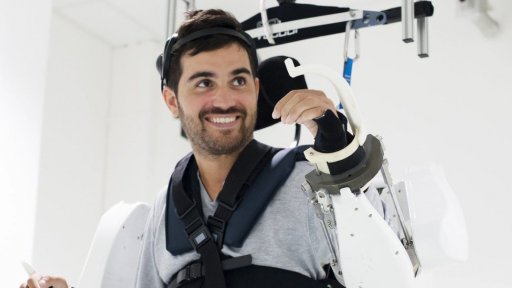
2) Brain-computer interfaces bring hope for the paralyzed
Research has geared up lately in the area of brain-computer interfaces (BCI). Dr. Gary Marcus, at New York University and Dr. Christof Koch at the Allen Institute for Brain Science told The Medical Futurist that brain implants today are where laser eye surgery was decades ago, but the field will advance significantly in the upcoming years. Imagine a retinal chip giving you perfect eyesight or the ability to see in the dark, a cochlear implant granting you perfect hearing or a memory chip bestowing you with almost limitless memory. What if you could type into a computer with only your thoughts or control your entire smart house by sending out the necessary brainwaves?
Although that’s really galactic leaps away, the first neuroprosthetics is already on the market: you can purchase cochlear implants, and retinal implants – the latter was approved by the FDA in 2013. Moreover, implants for people with Parkinson’s disease send electrical pulses deep into the brain, activating some of the pathways involved in motor control. Rarer, but also in use, are brain implant therapies for people paralyzed by spinal cord injury or other neurological damage. A chip inserted into the brain reads off electrical signals that are translated by a computer to restore some movement and communication. Couple it with an exoskeleton, and magic will truly happen: lately, it made headlines that a 30-year-old paralyzed man, Thibault, was able to move all four of his limbs with the help of a ‘mind-reading’ exoskeleton. We expect more similar stories to come.
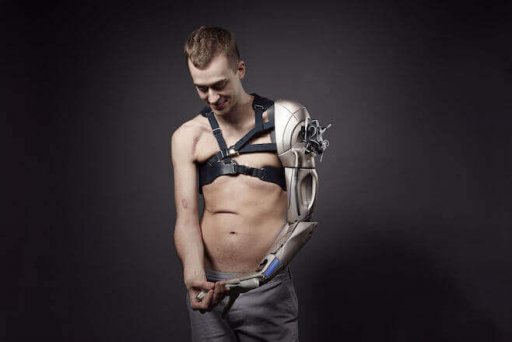
3) Might we all end up being recreational cyborgs?
There are already famous examples of real-life cyborgs, and I am truly convinced that such creatures will not only populate the terrain of sci-fi movies, but they will be everywhere around us in the very near future. The ‘cyborg-craze’ will eventually start with a new generation of hipsters who implant devices and technologies in their bodies just to look cooler.
Advances in future medical technology will not just repair physical disadvantages such as impaired eyesight but will also create superhuman powers from having the eyesight of an eagle to possessing the hearing of a bat. Hearing aids powered with artificial intelligence, earbuds making you multilingual, or RFID chips already point to that direction. While a patient wearing implanted defibrillators or pacemakers can also be added to the group of cyborgs, I expect to see more cases when patients ask for the implantation of a certain device without having medical problems.
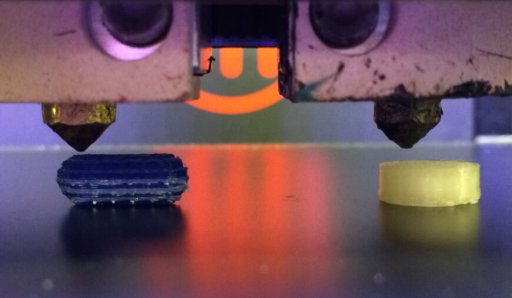
4) 3D printing drugs in dinosaur shapes for kids
If guns, bars of chocolate, even entire houses can be 3D printed now, and the biotechnology industry is even working on printing out living cells; why would the appearance of 3D printed drugs be surprising? It’s a logical sequel that’s already happening.
In August 2015, the FDA approved an epilepsy drug called Spritam that is made by 3D printers. It prints out the powdered drug layer by layer to make it dissolve faster than average pills. In June 2015, the UK’s Daily Mail reported that scientists from University College of London are experimenting with 3D printing drugs in odd shapes; such as dinosaurs or octopuses in order to make it easier for kids to take pills. Those scientists, namely Professor Abdul Basit and Professor Simon Gaisford, saw a huge potential in 3D printing for medicine and pharma; thus they established FabRx in 2014. They told The Medical Futurist that they would be able to commercialize printed tablets within the next 5-10 years
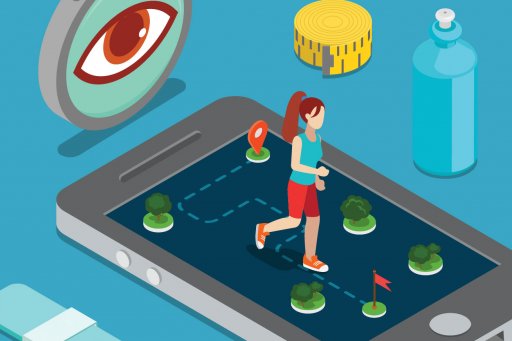
5) Gamification in health insurance is not a game
In November 2017, Qualcomm and United Healthcare announced that they have integrated Samsung and Garmin wearables into their national wellness program. It enables eligible plan participants to earn more than $1,000 per year by meeting daily walking goals. I believe this is just the beginning of a beautiful friendship between health insurance companies, wearable manufacturers, and the principle of gamification. The latter indicates playful incentives, which could motivate and slightly nudge people into the desired behavior – such as a healthy way of life in the case of health insurance companies.
However, the question is how far health insurance companies should push such gamified solutions. Will they leverage data on accomplished or unaccomplished daily fitness goals to increase premiums for high-risk patients or to reduce their business risks by alerting patients about bad lifestyle choices? What will happen to the patients’ private data? Should we prepare for Dr. Big Brother? How will the relationship between employers, employees and health insurance companies change in the light of easily obtainable personal fitness and health data? As more and more corporations offer health insurance packages with gamified tracking options to their employees, these ethical questions will become increasingly important, and we should offer fair and balanced responses – as soon as possible.
Content Credits – The Medical Futurist
Go Back
Share on facebook
Facebook
Share on twitter
Twitter
Share on linkedin
LinkedIn
